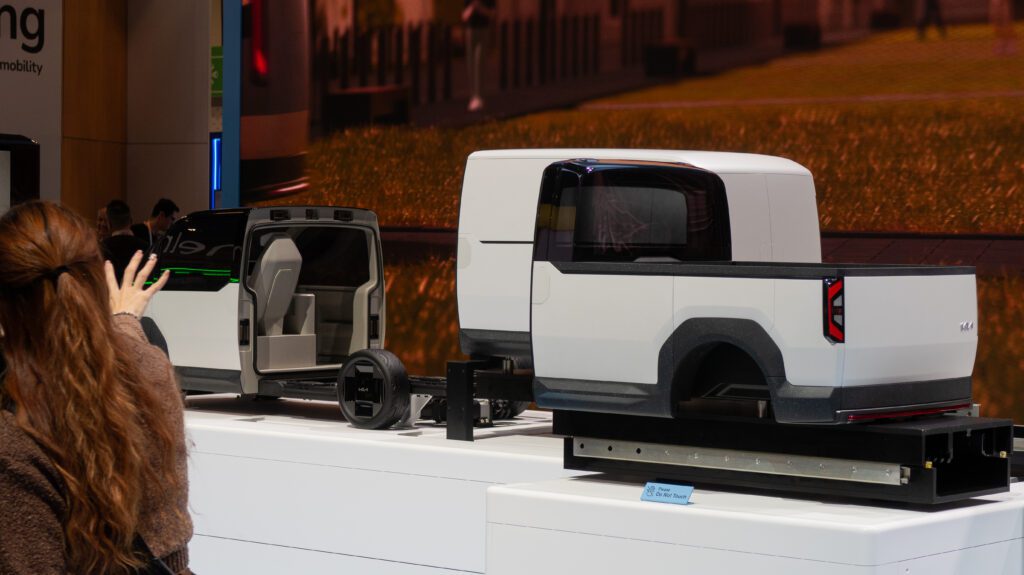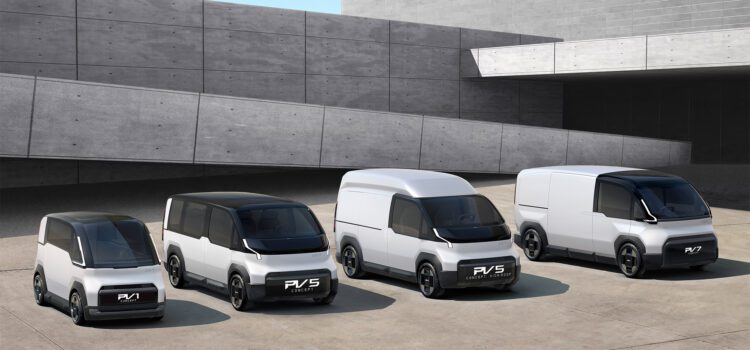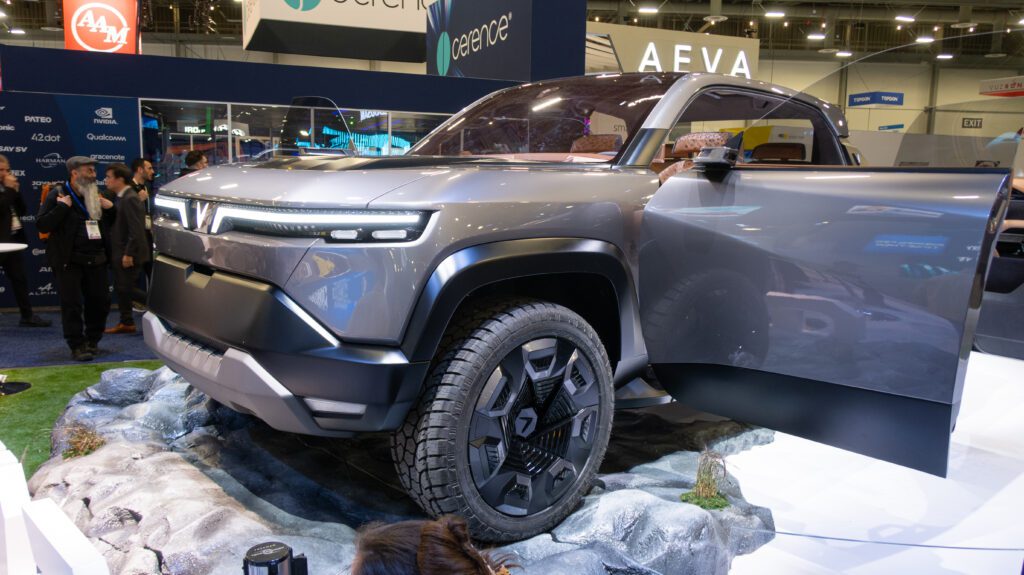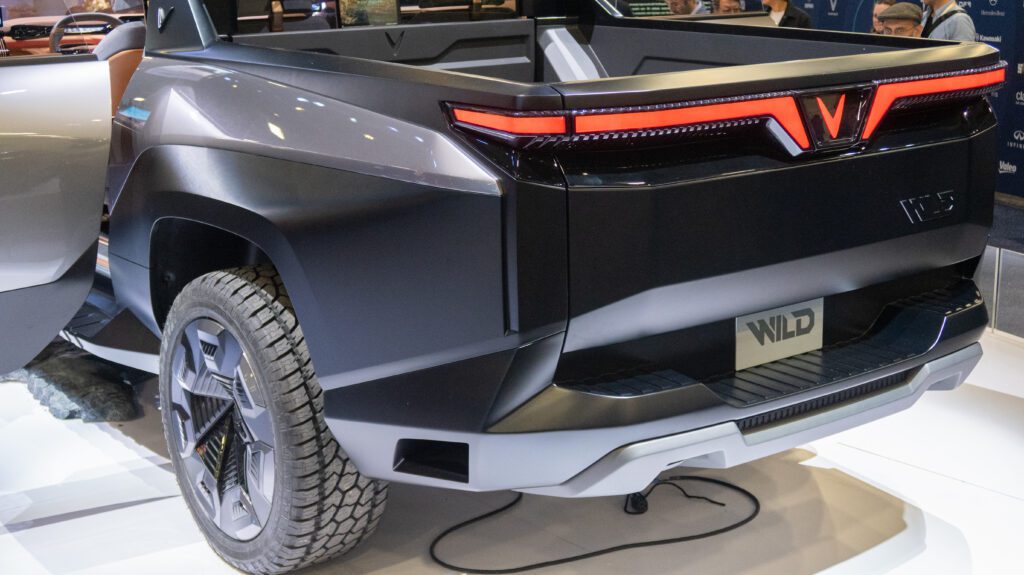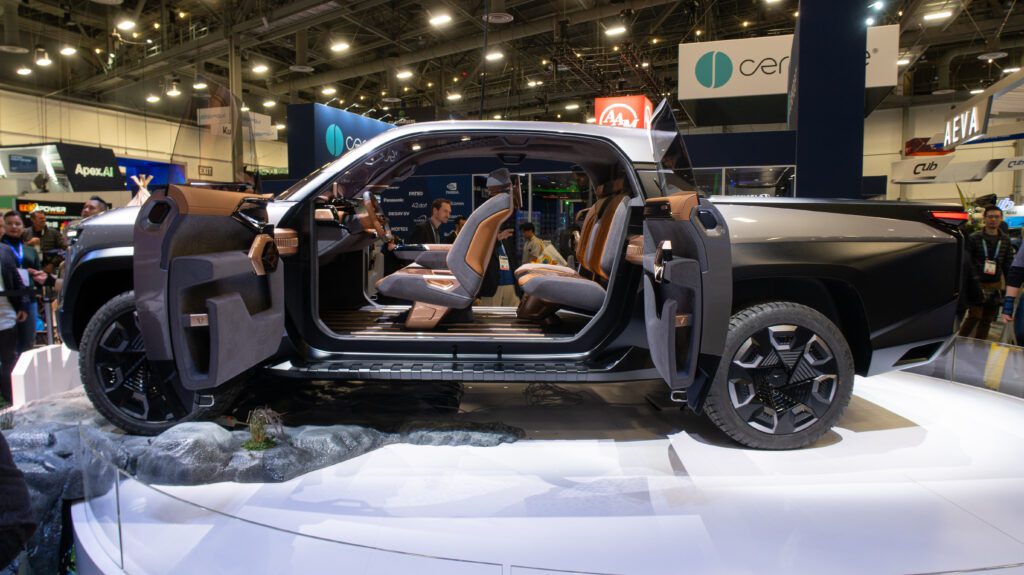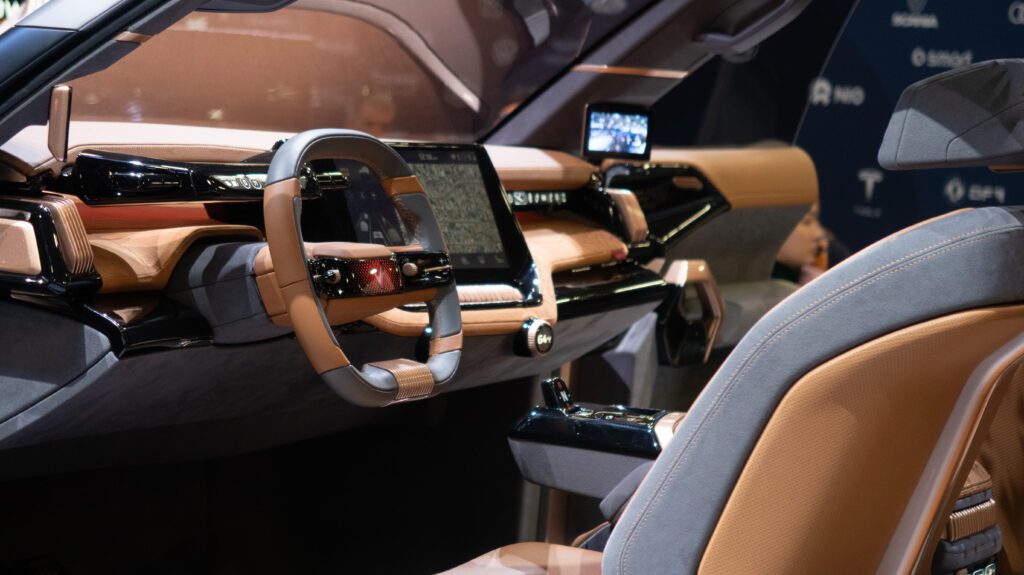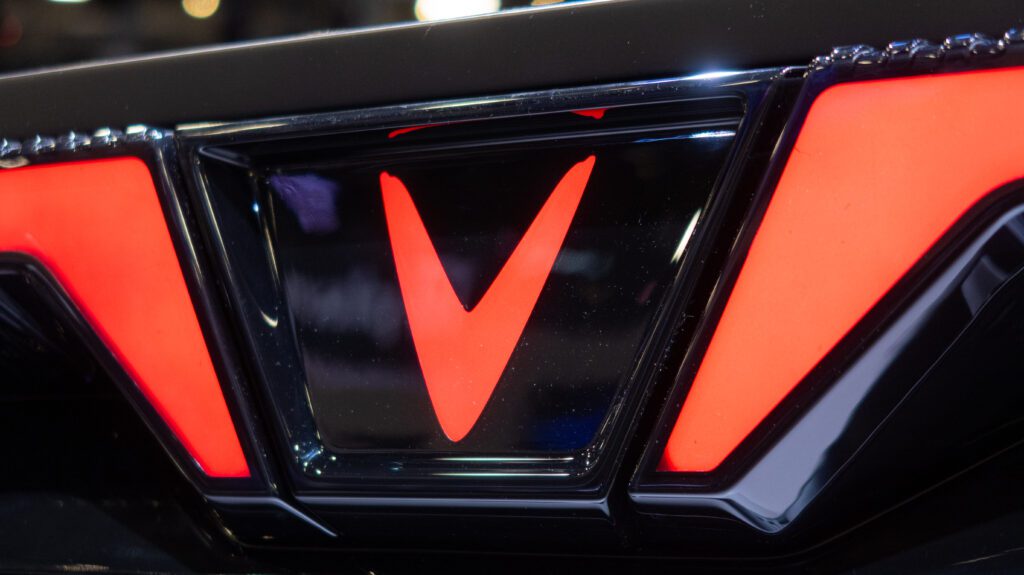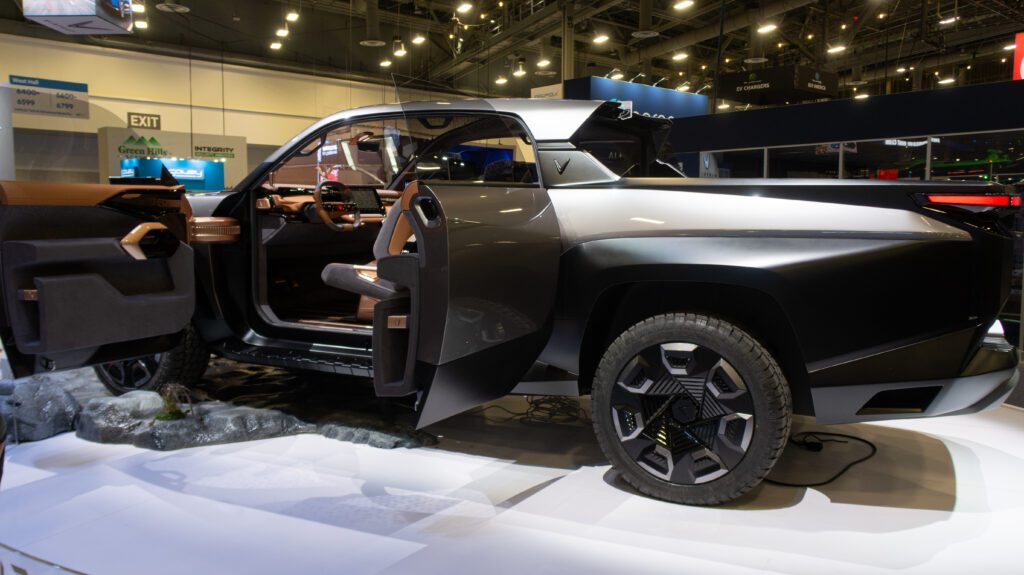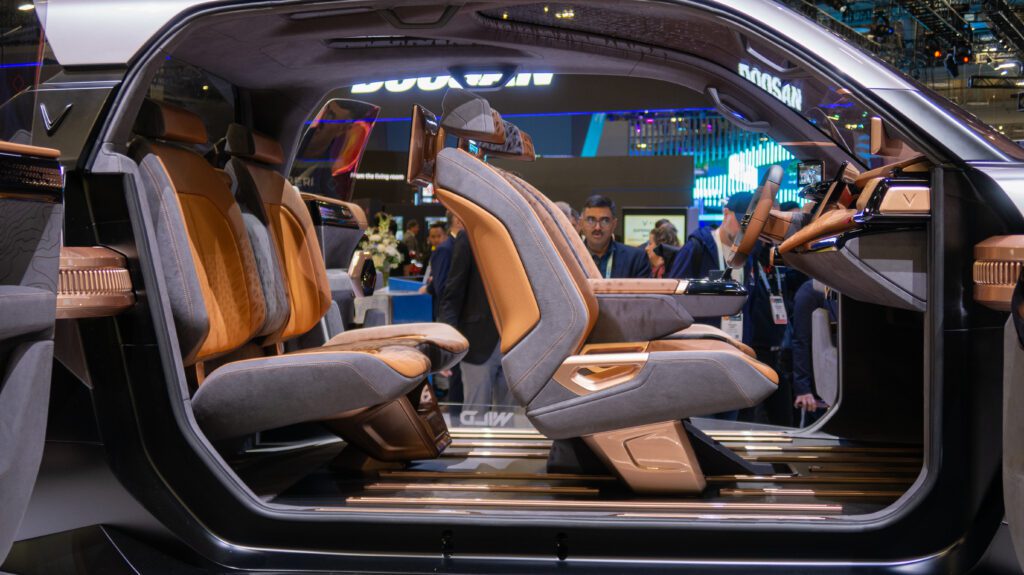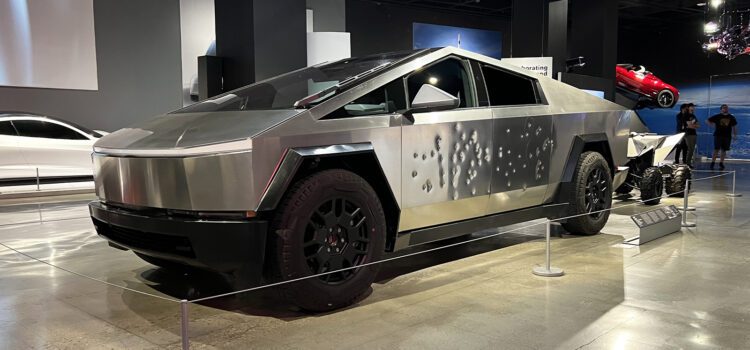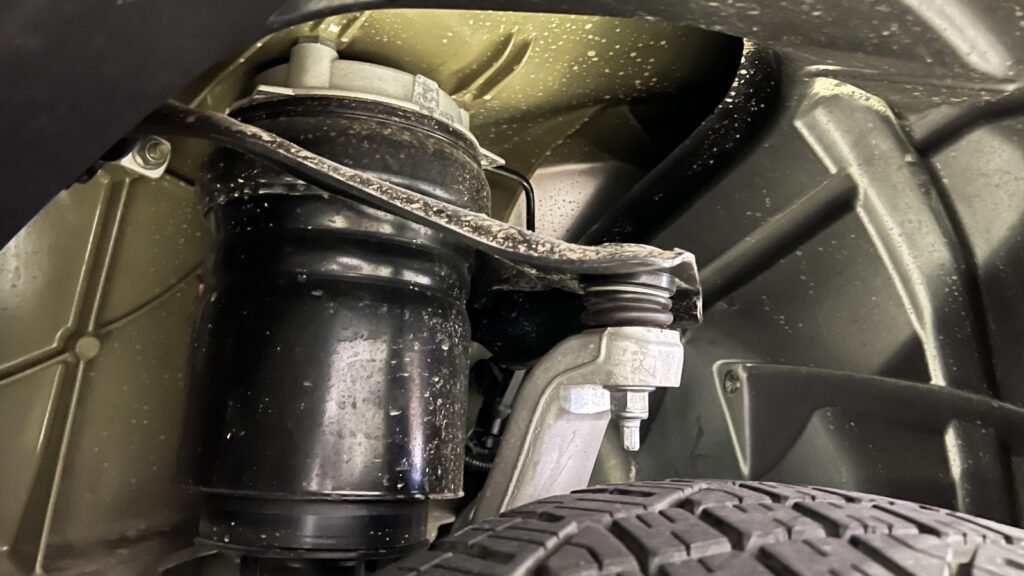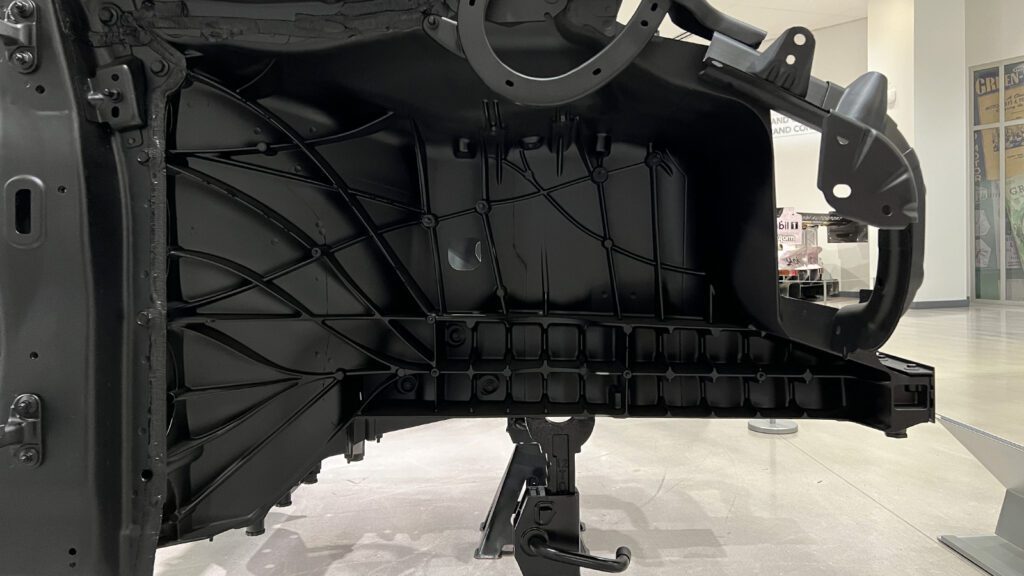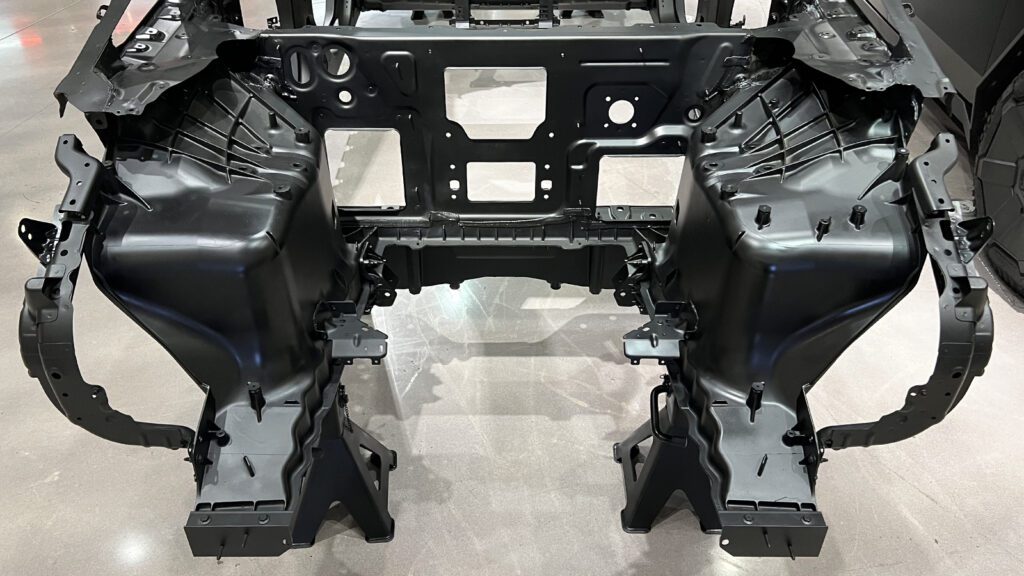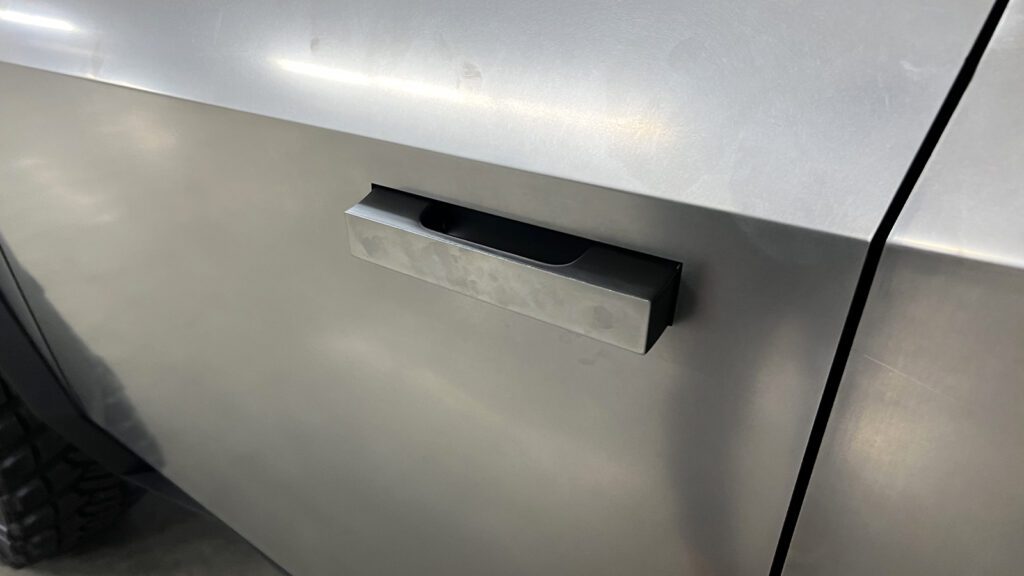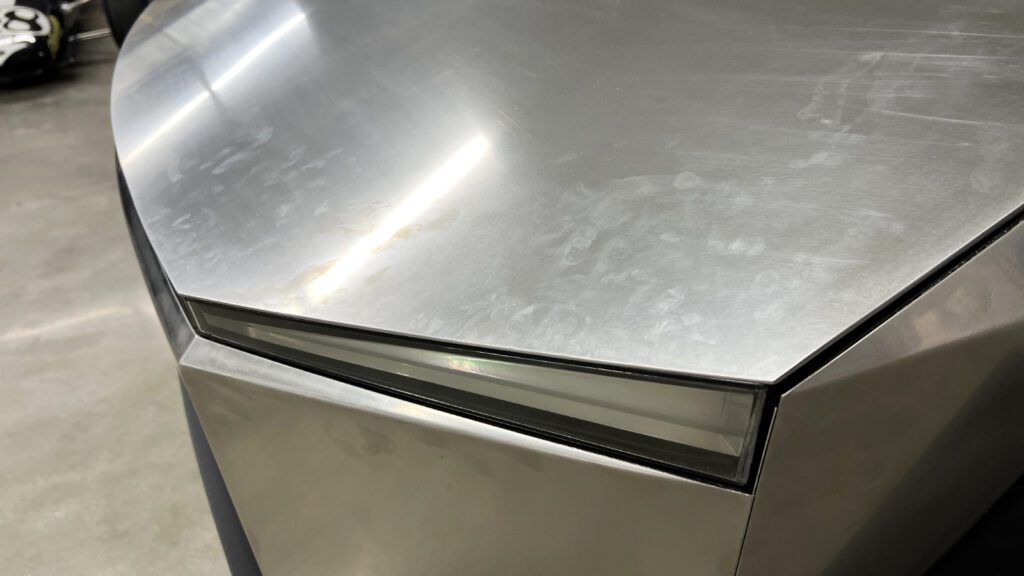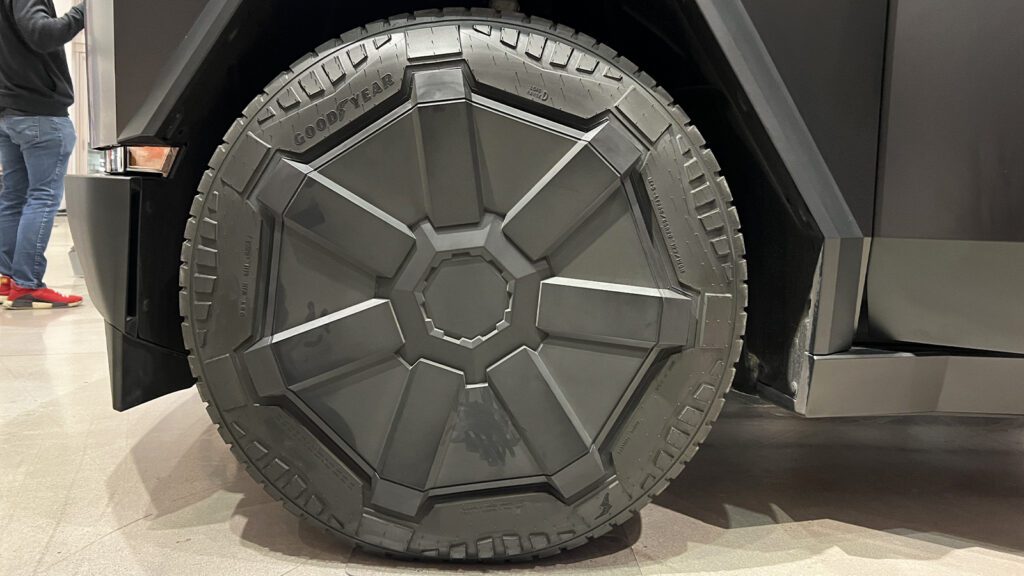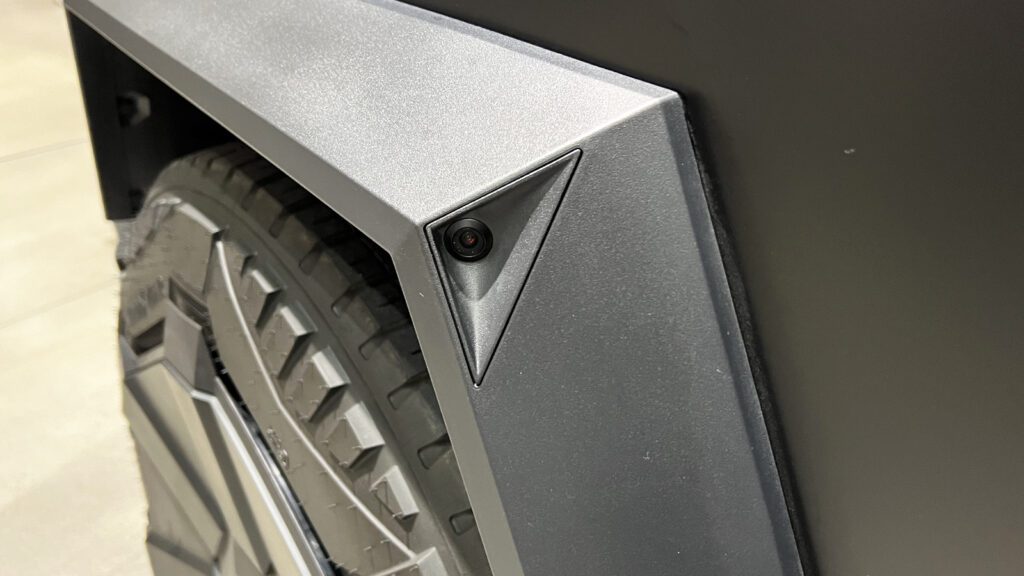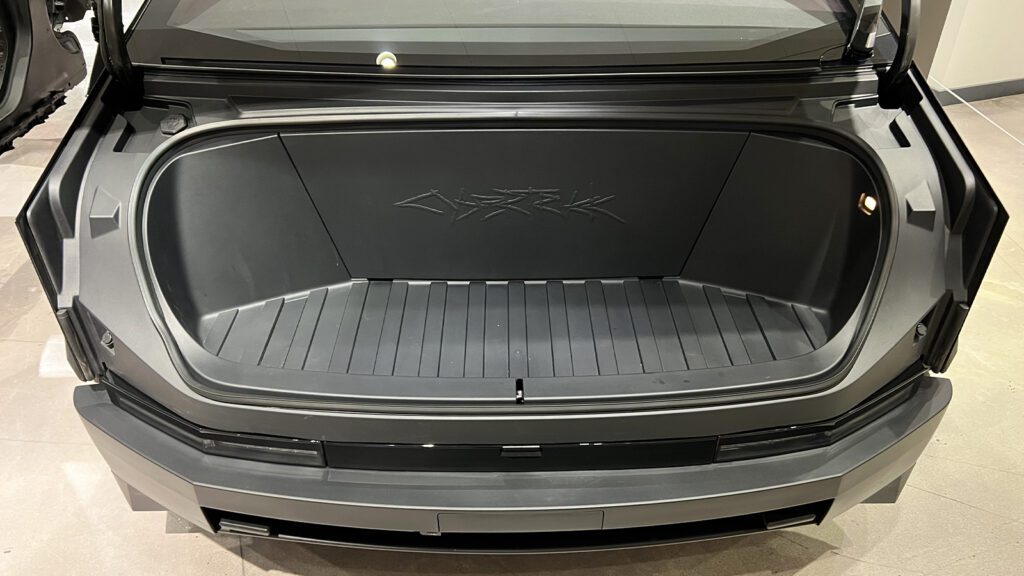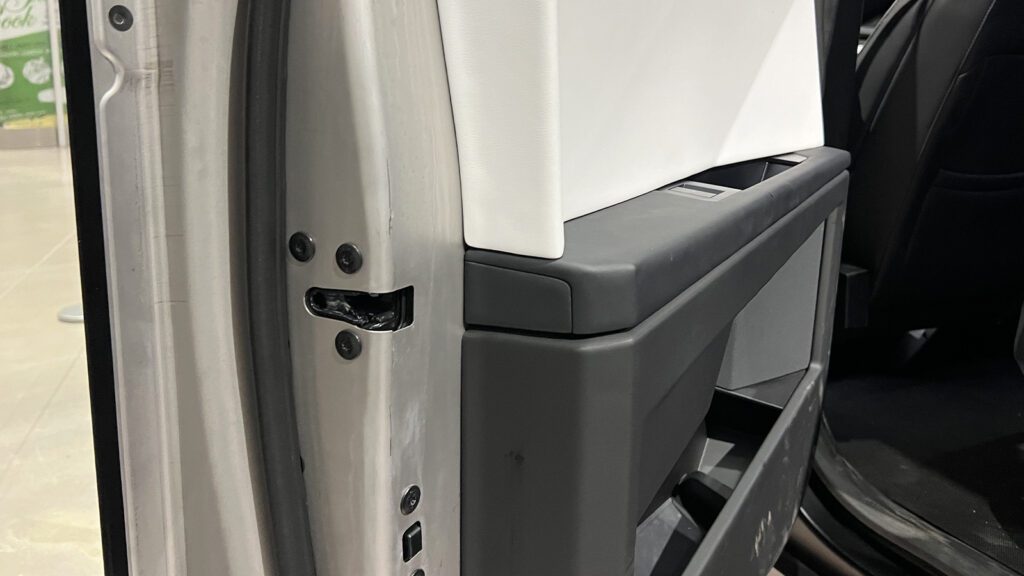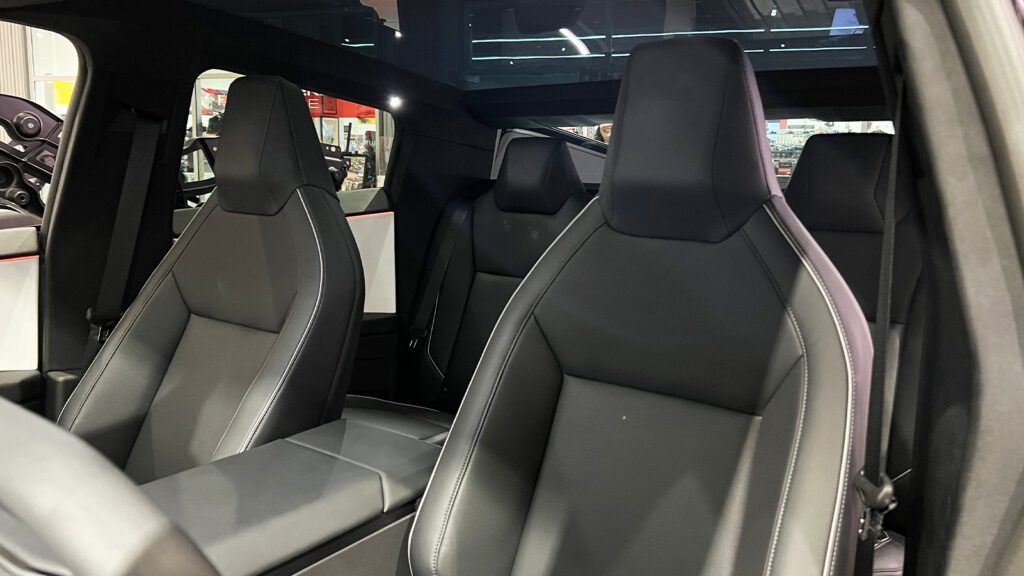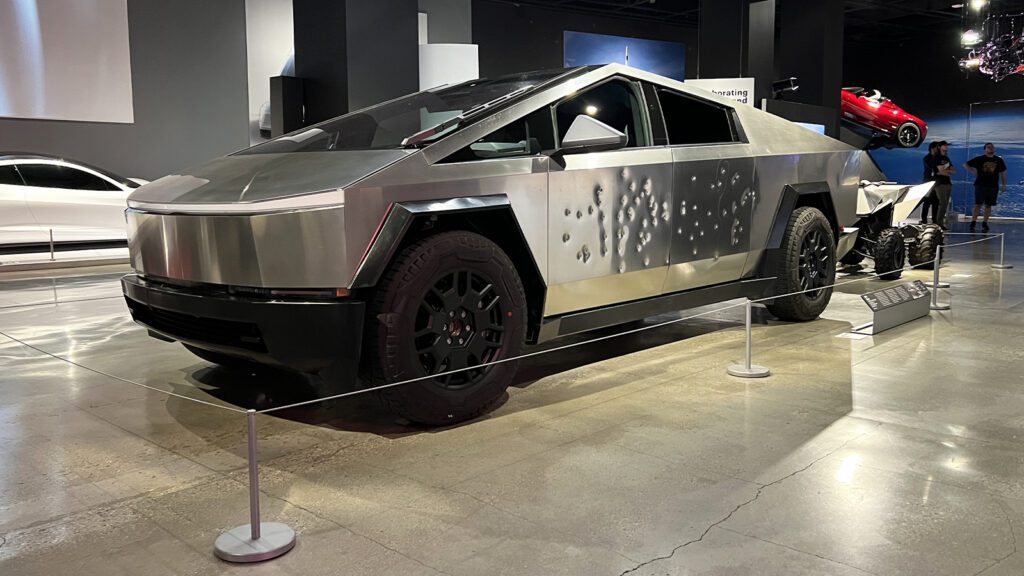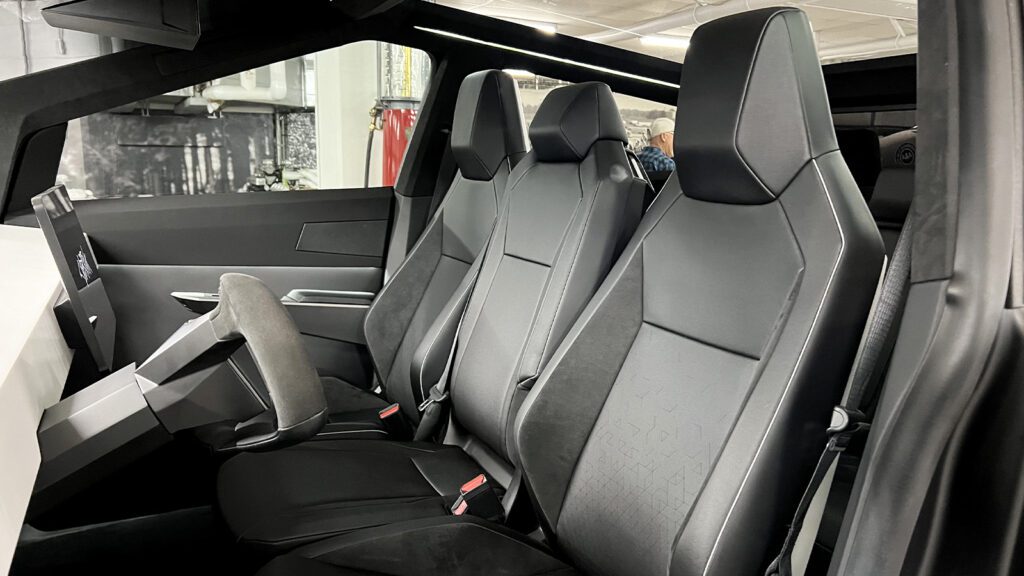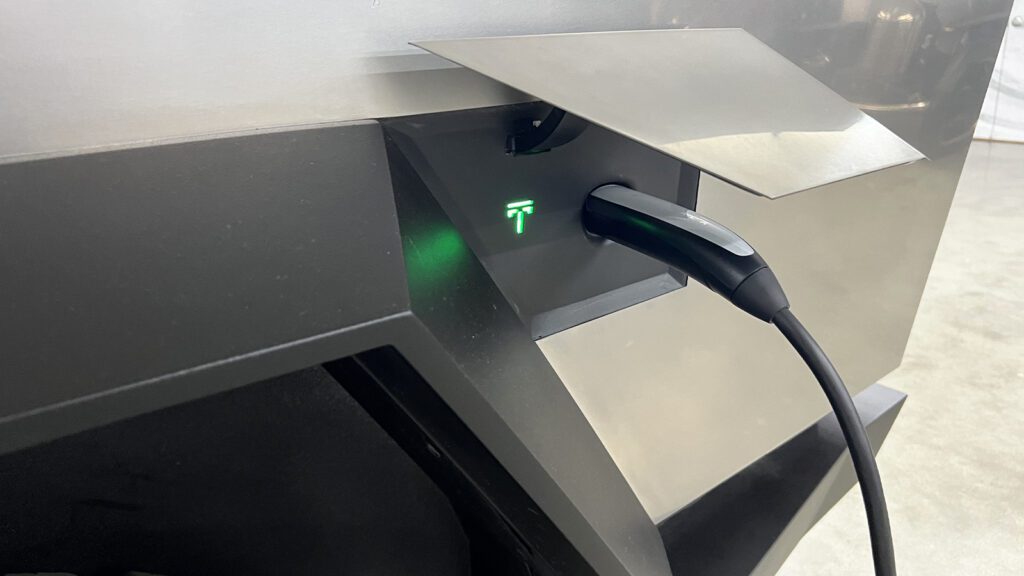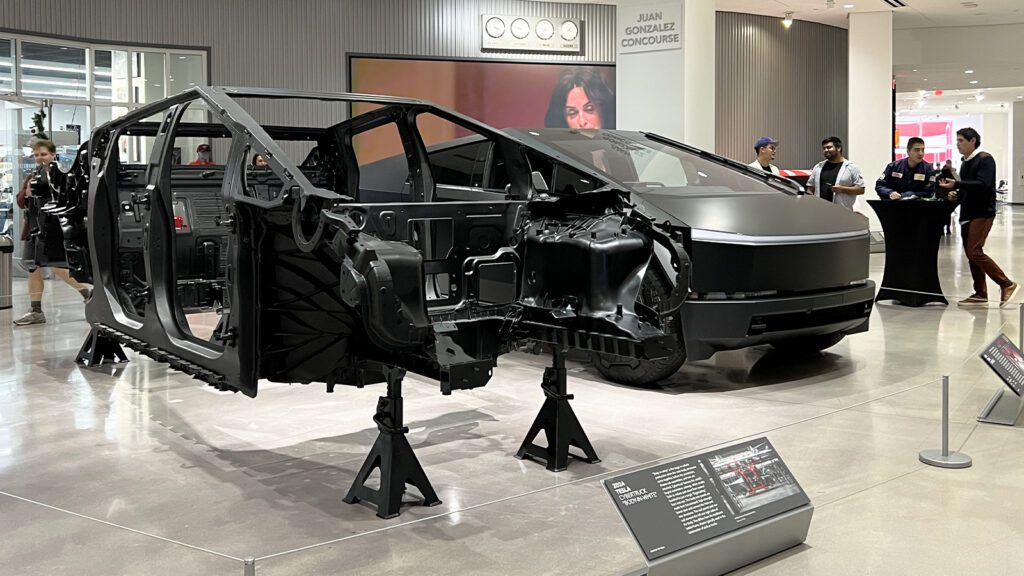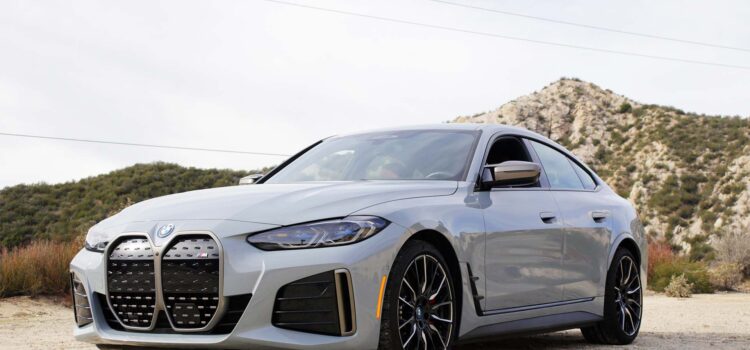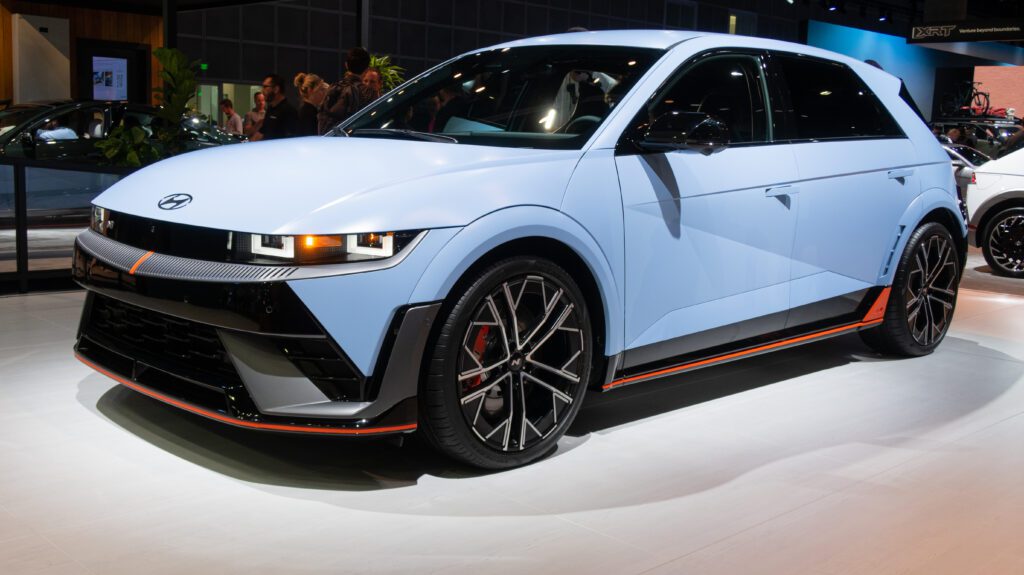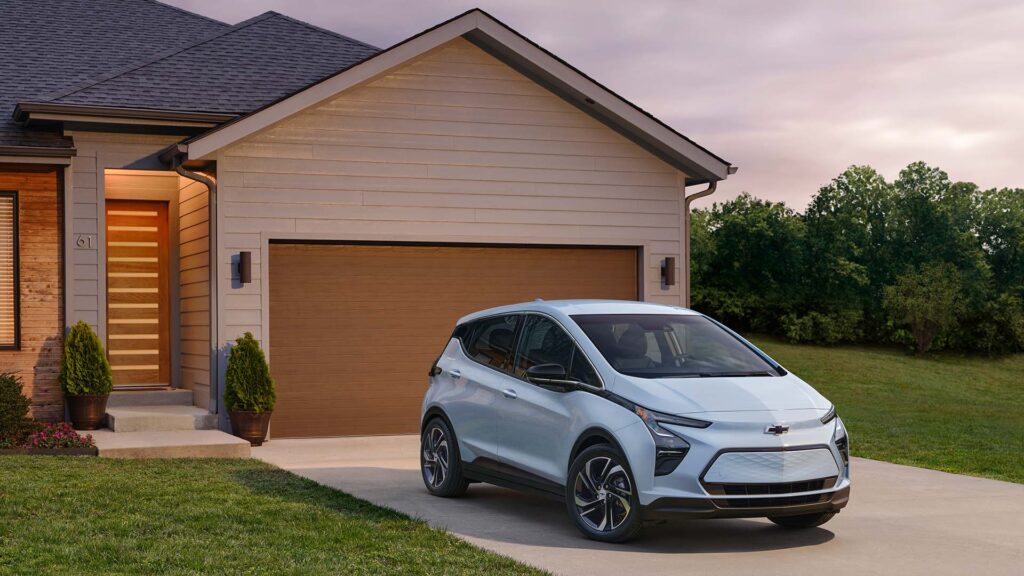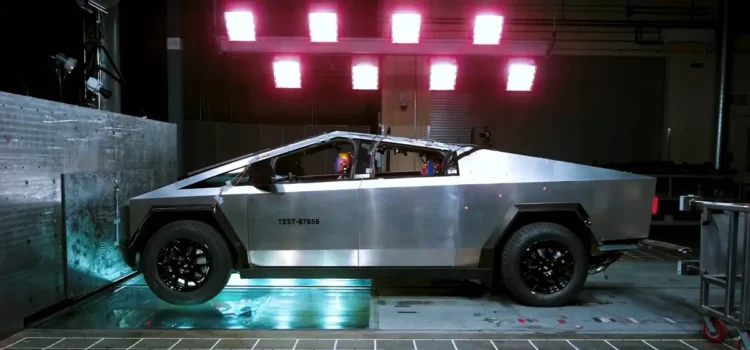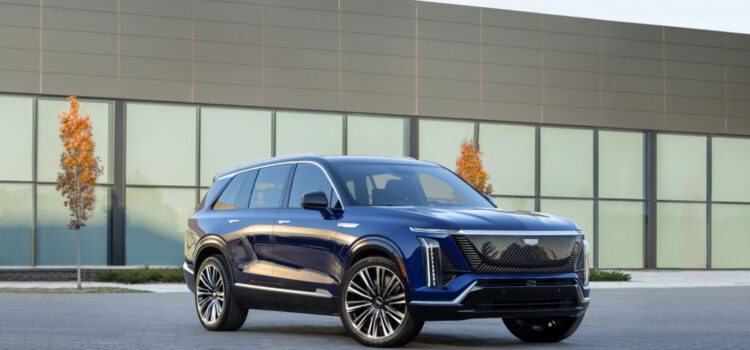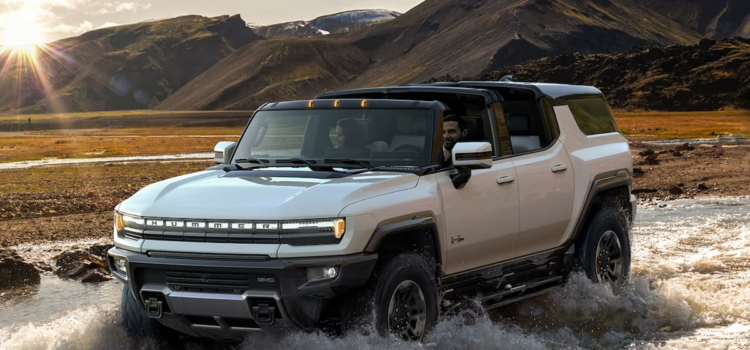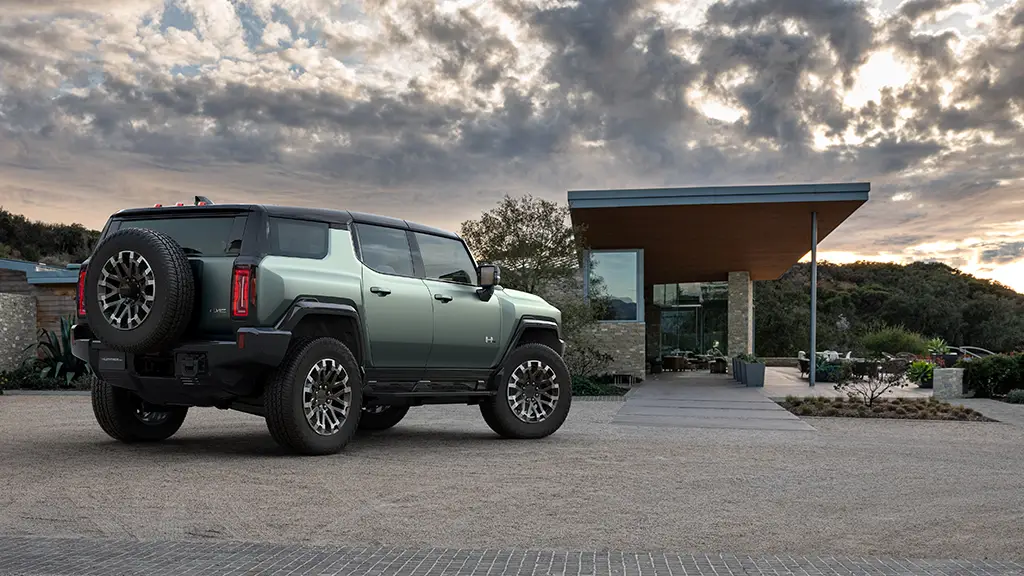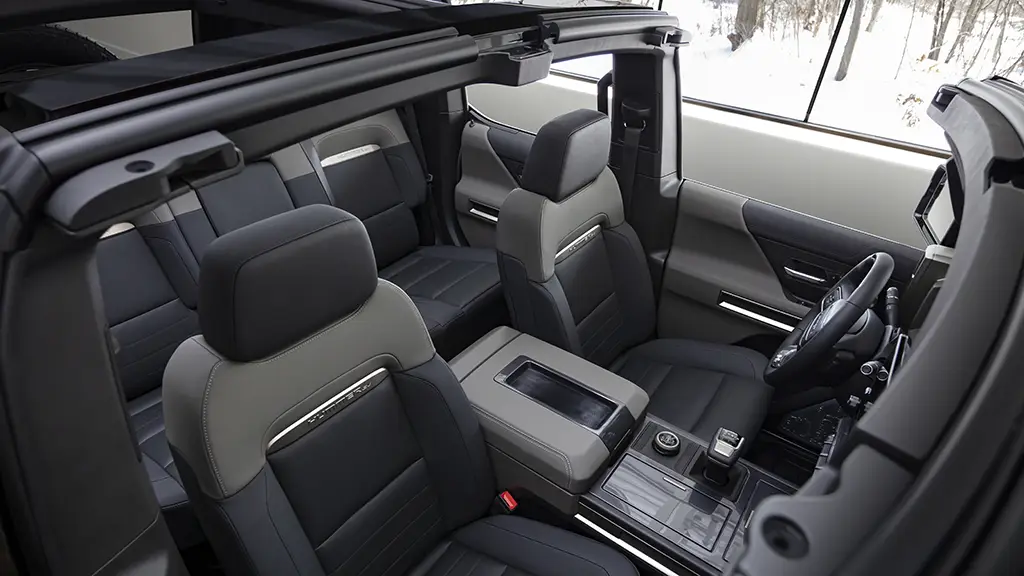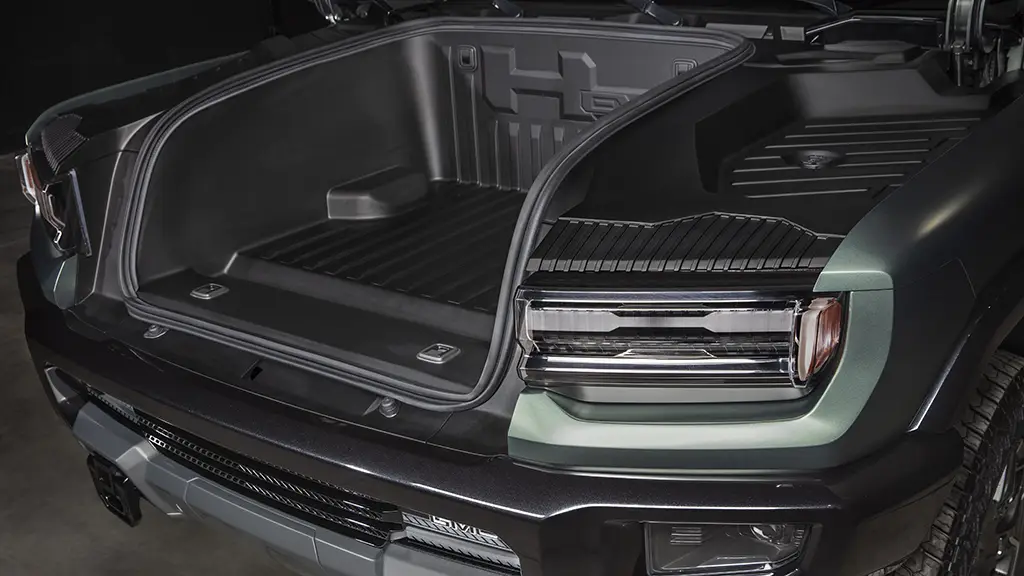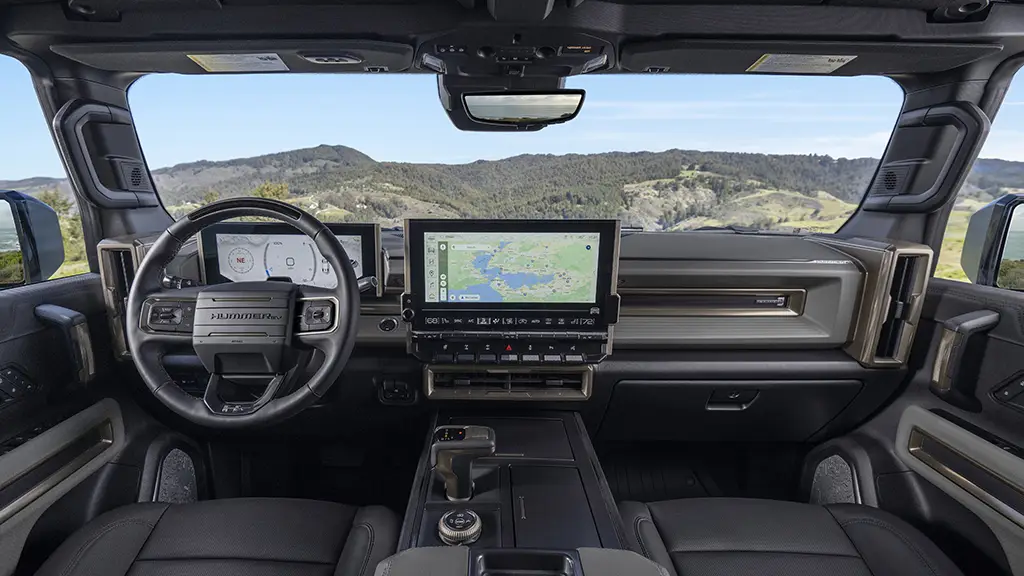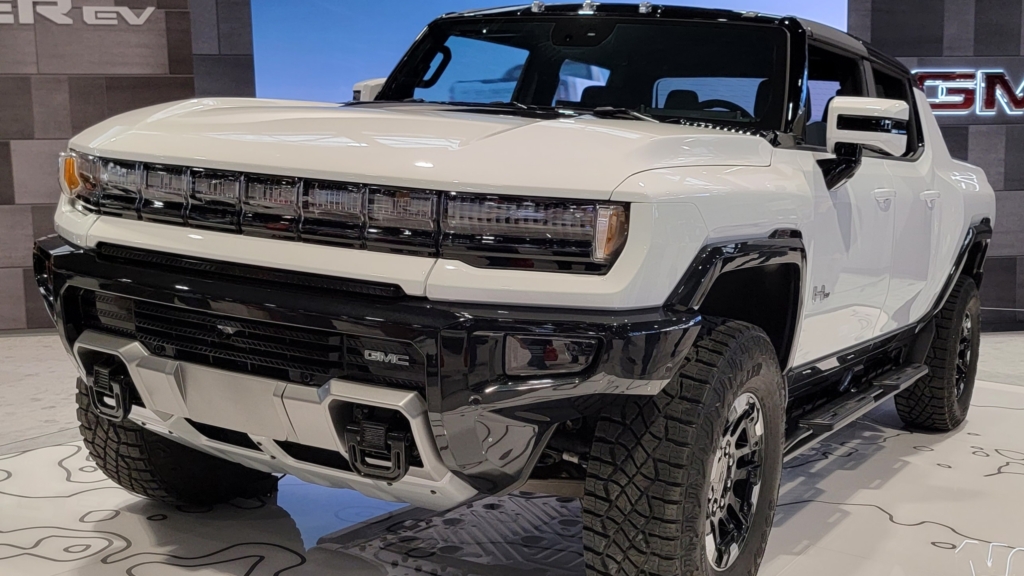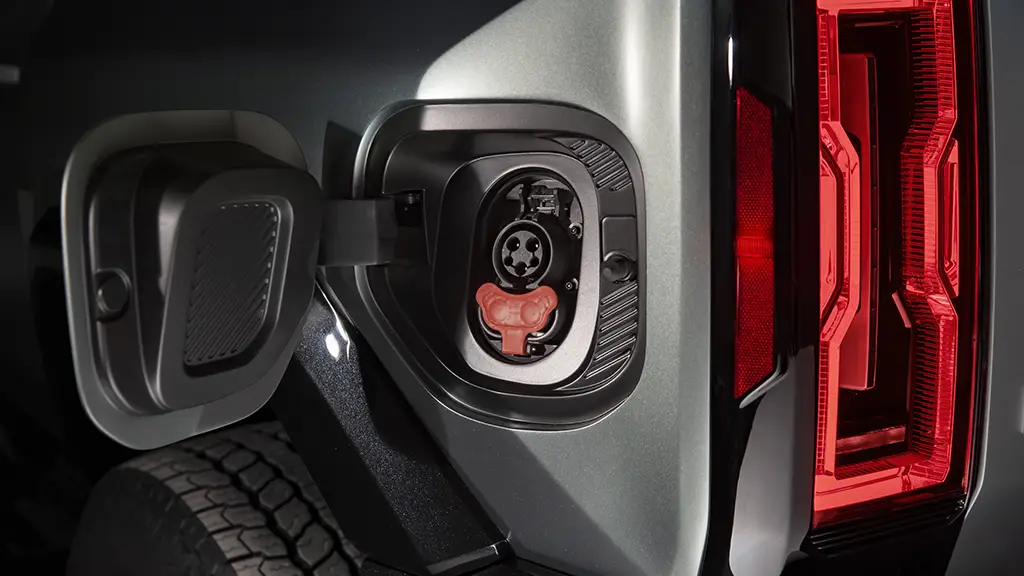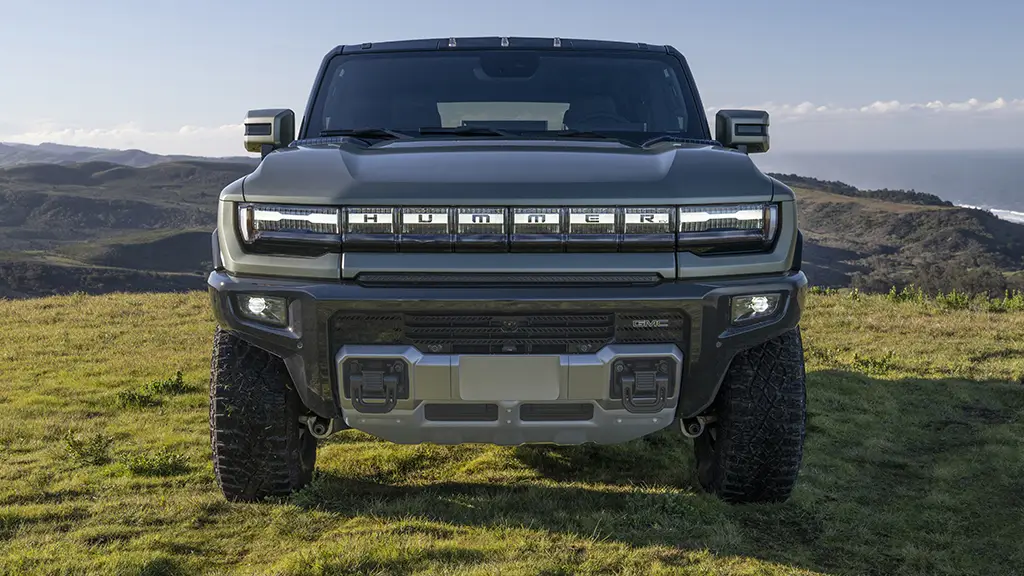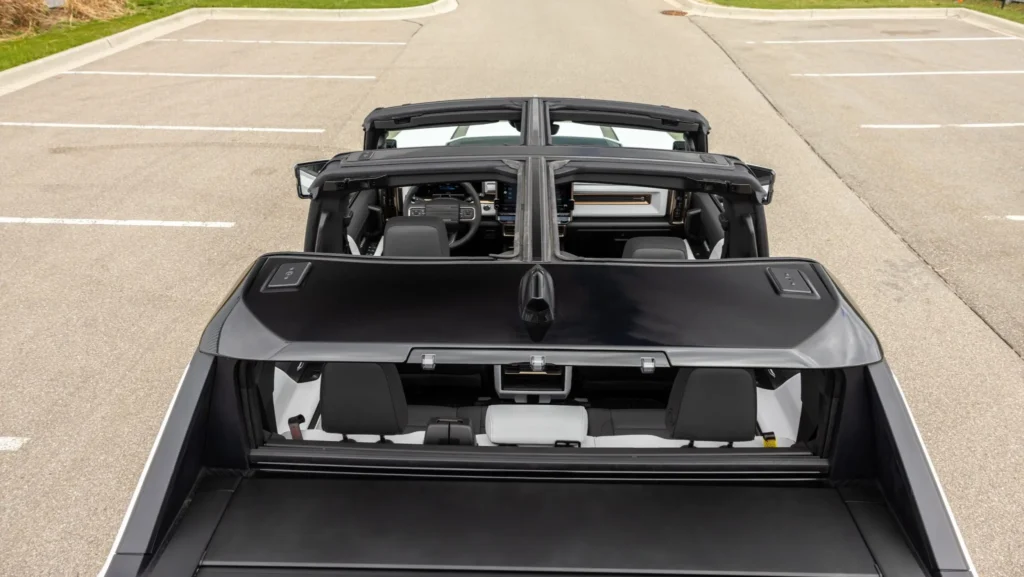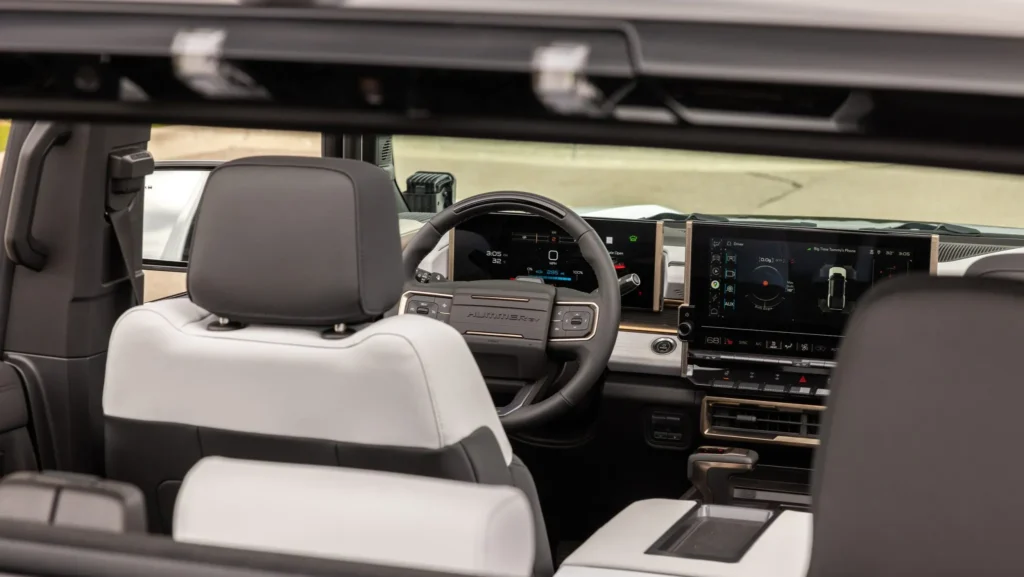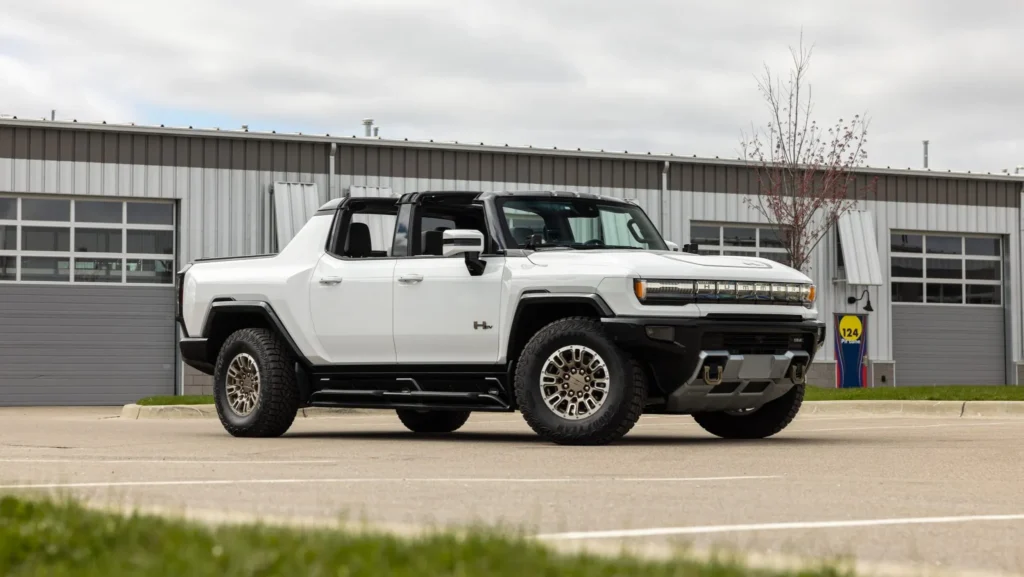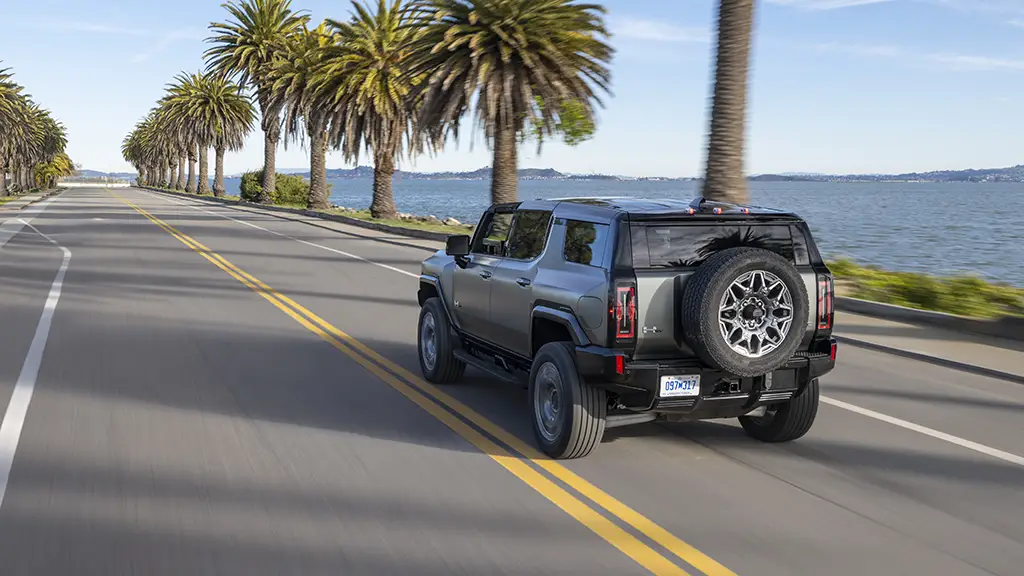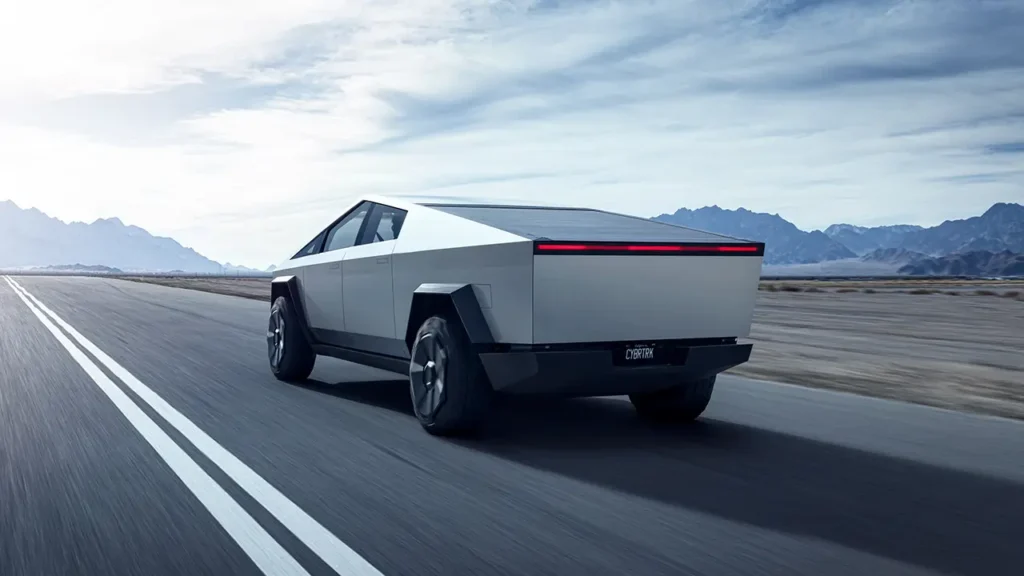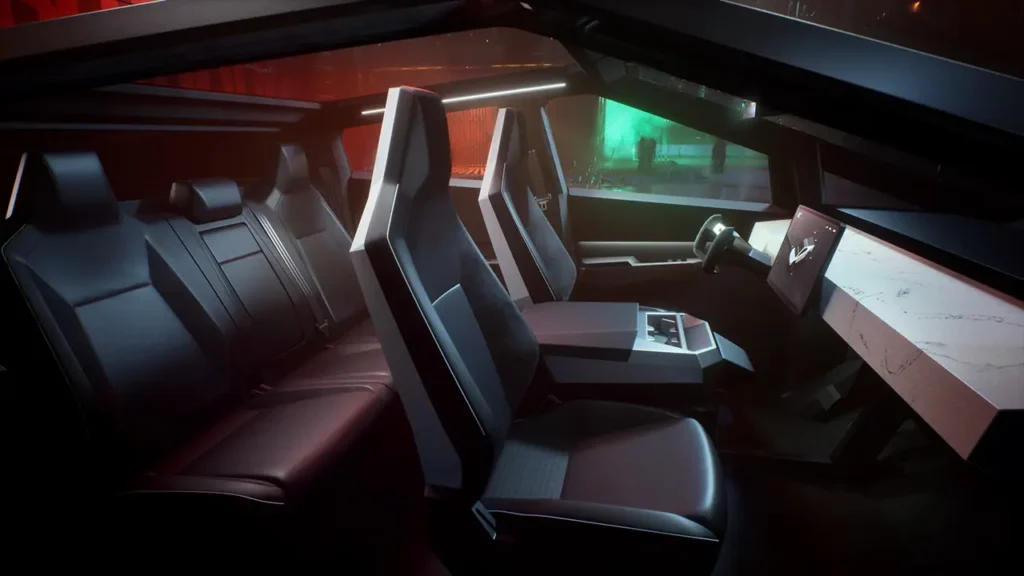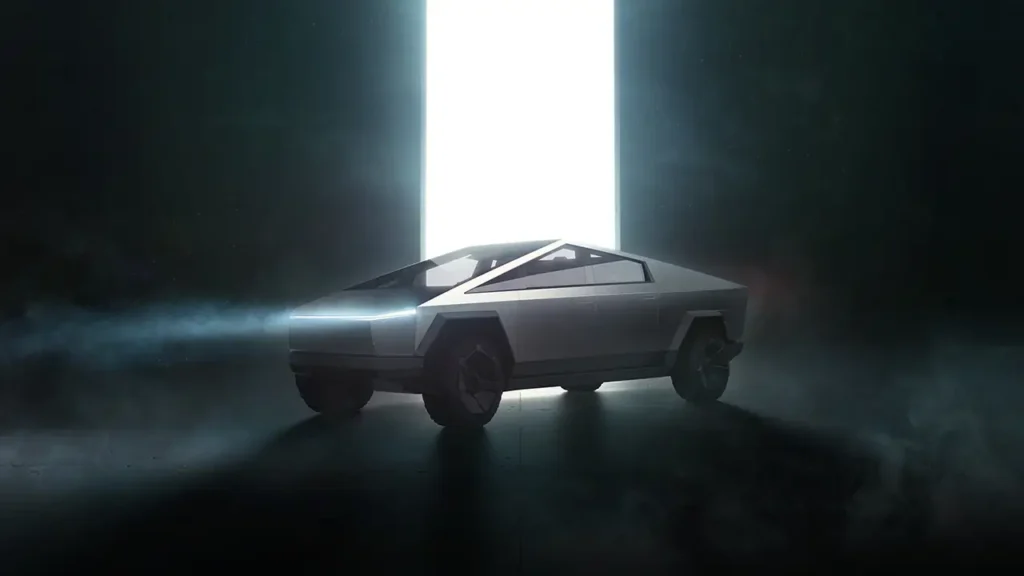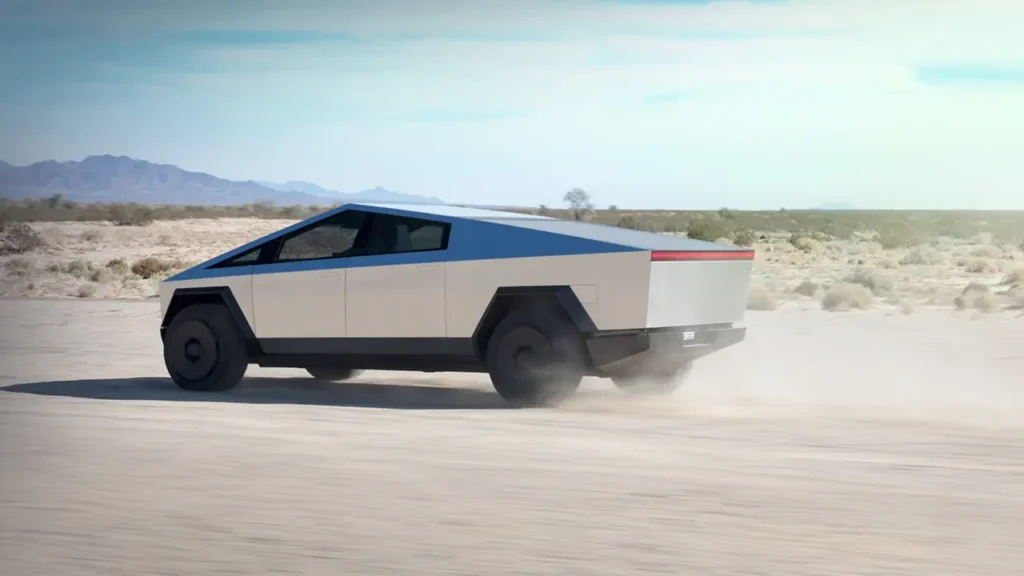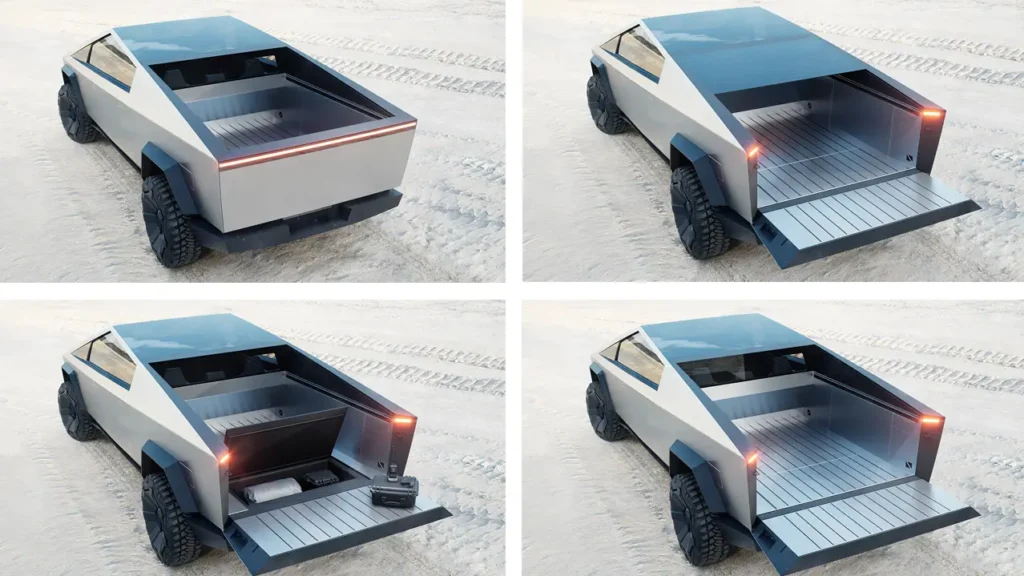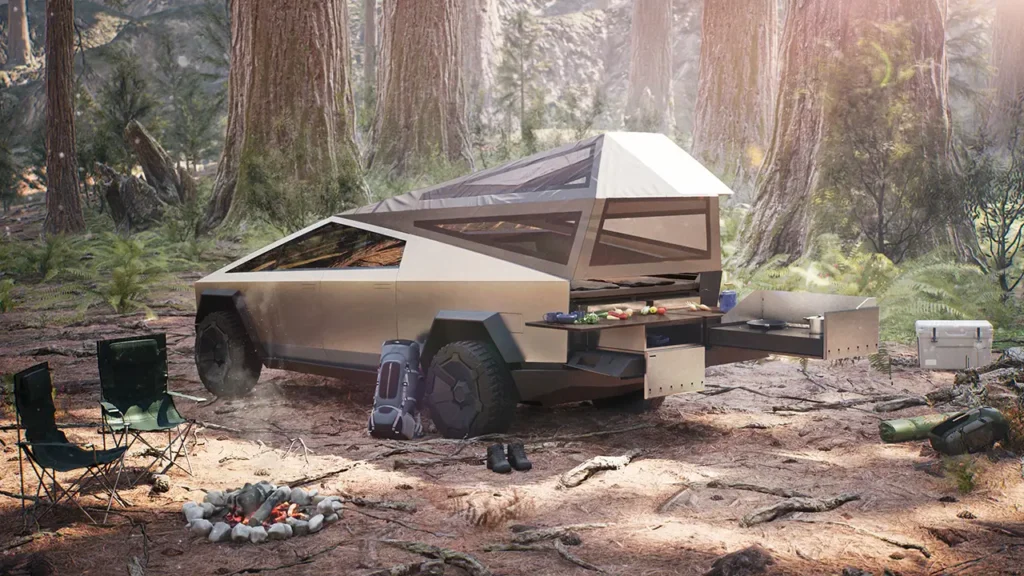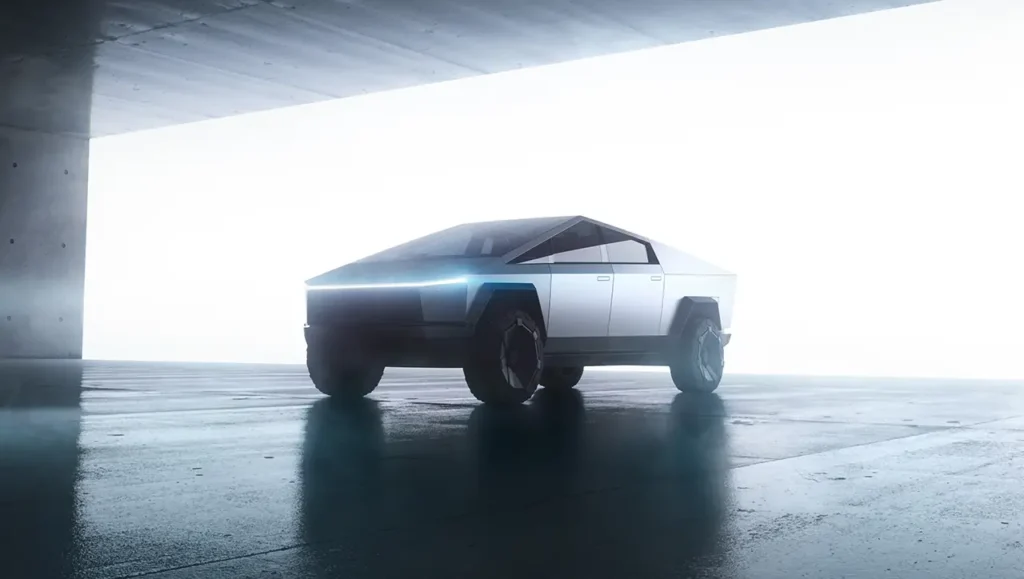CES 2024: The Kia PBV is the modular minivan of the future
Platform Beyond Vehicle — A perfect summation of Kia’s vision for this next generation of vehicles. The Kia PBV is positioned to be the single vehicle that meets most, if not all, your needs. A key line in the sand for sustainability, but is it even possible to build such a vehicle? Kia certainly hopes so.
Revealed at CES 2024, The Kia PBV concept is more than a single vehicle or platform. Kia wants to be the end-to-end “Sustainable Mobility Solutions Provider” for businesses and consumers. The key idea behind the PBV is Modularity.
Life modules will allow you to extend and customize your vehicle for every purpose. Deliver your cargo in the morning and take your family camping in the evening. The tech is still behind closed doors, but Kia calls them “Easy Swap” life modules, secureable with mechanical couplings and electromagnets. A skateboard electric powertrain will have a fixed driver cab, and the rest of the vehicle will be hot-swappable.
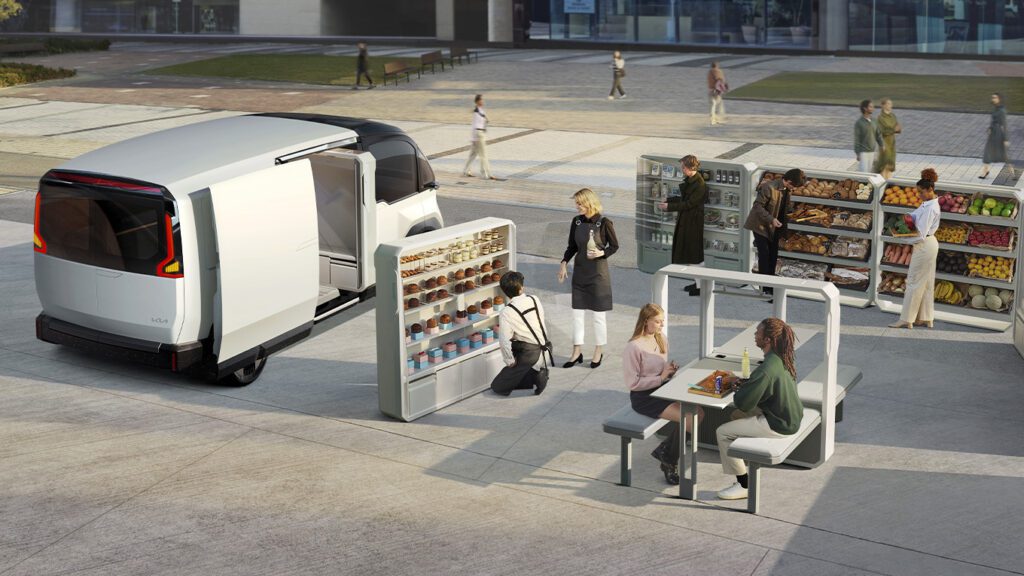

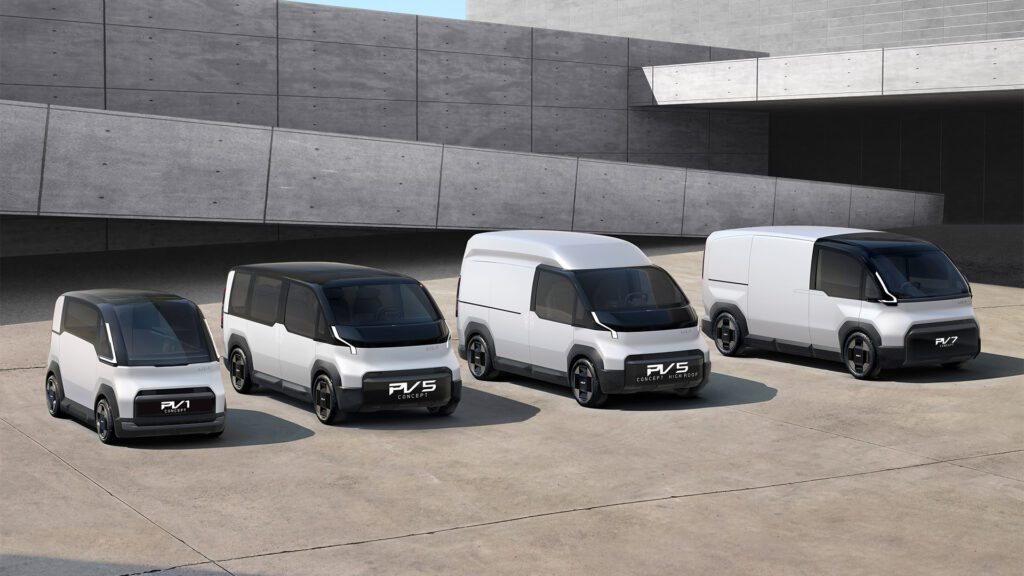
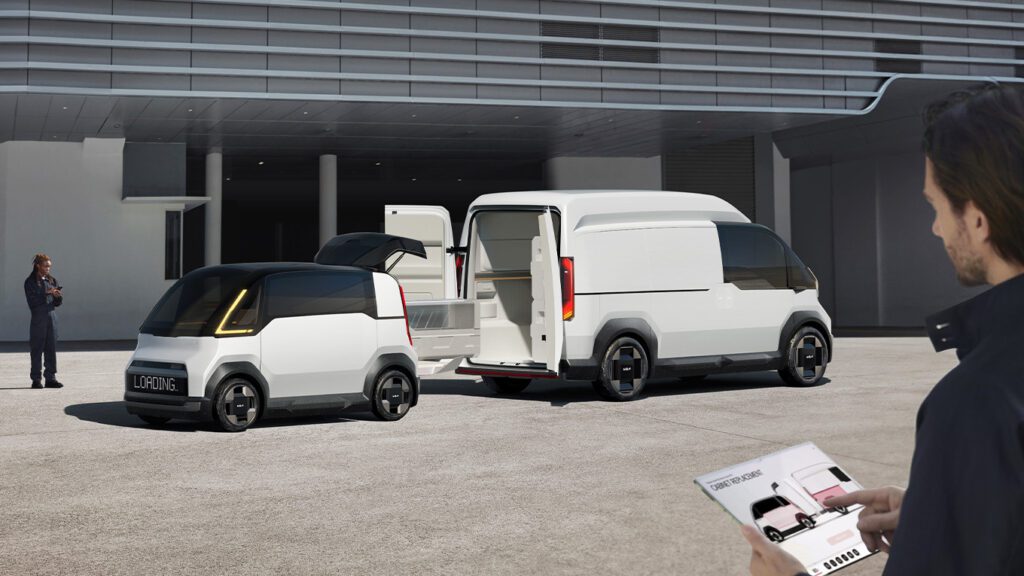
Kia PV5 to launch first, followed by larger PV7 and tiny PV1
The Kia PV5 will be this platform’s first proof of concept with innovative and intuitive technology and will likely be the most commonly sold variant, being available in passenger and cargo van configurations. With the consumer model in mind, Perovskite solar roof cells will supply power to the vehicle and provide electricity along the rails for users to use immediately.
[Button id=”412″]

The modular tile system allows you to change your seating and add a desk, lights, or other accessories. So you can face your friends for more intimate drives and fun or have your mobile hustle-station on hand when driving to the meeting. The steering wheel can be equipped with an iPad or Smartphone and put away for more front cabin space. For mobility-impaired people, a lift will place you perfectly in the vehicle with magic folding seats!
The Kia PV5’s high roof is designed with automated commerce in mind for more commercial use. Kia says it can accommodate multiple “cabinets”, essentially large boxes with items in them, enabling large-scale single-trip deliveries. Real-time management software can access delivery information at the touch of a button.
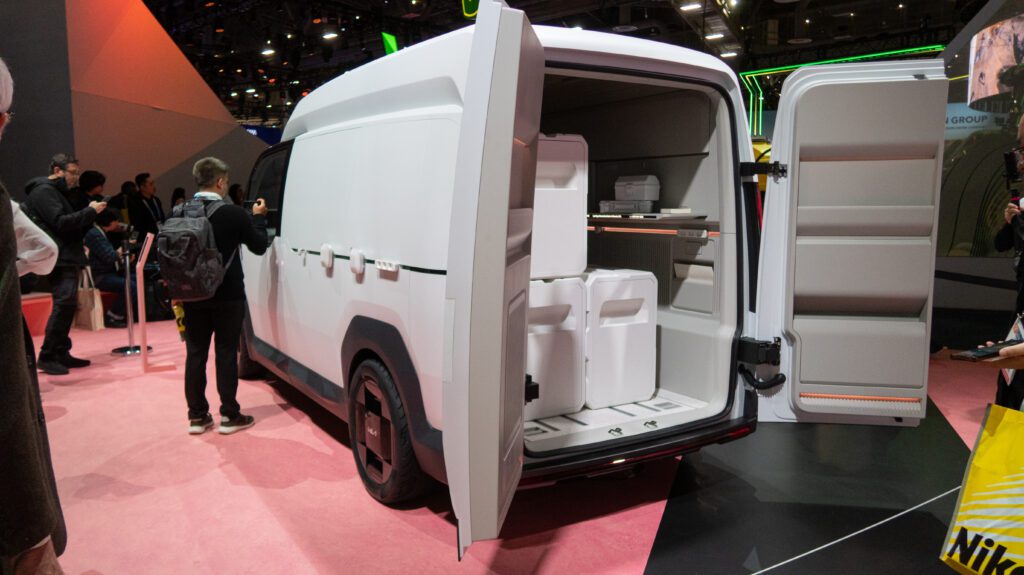

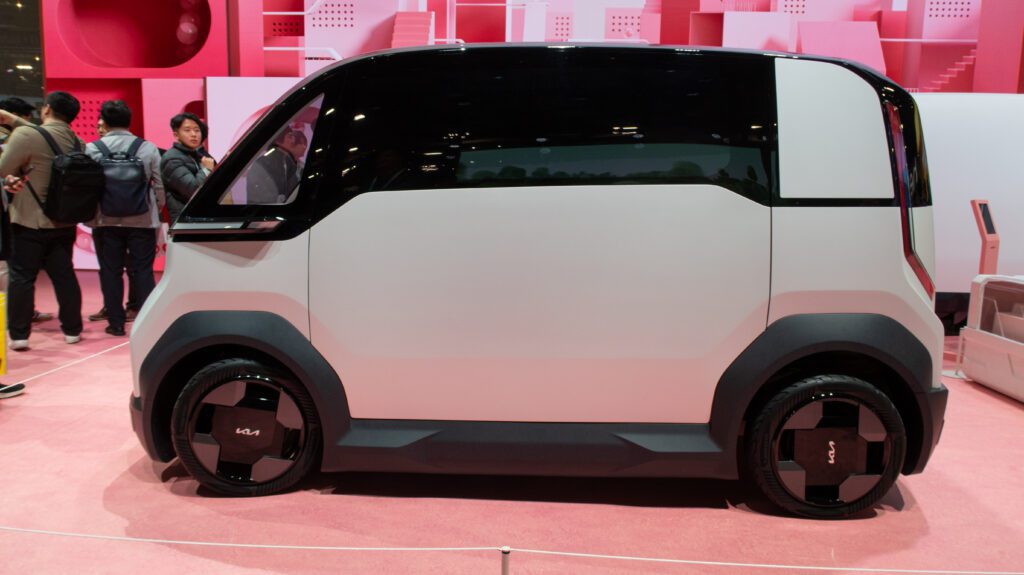


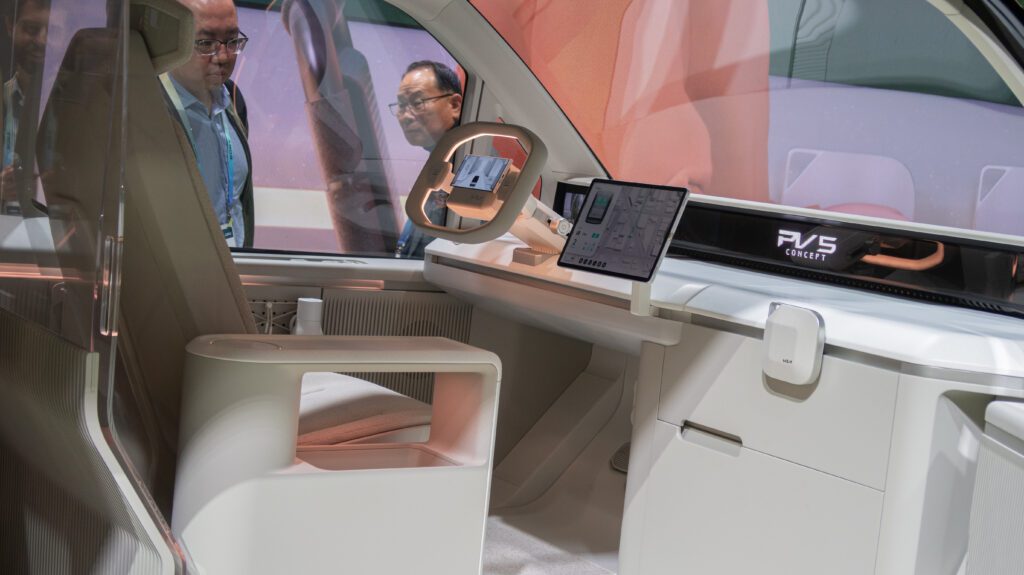

And your spunky little Kia PV1 completes the trip with automated last-mile delivery. Its active electromagnetic suspension allows up-and-down and tilt movement of the floor with 4-wheel steering and a crab-walking mode (like a baby Hummer EV).
The Kia PV5 will hit the market in 2025 with a pricing goal set around $35,000. The PV7, the larger, longer-wheelbase model, is expected in 2027, and the smaller PV1 soon after that. A robo-taxi and pickup are also potential additions to the lineup.
